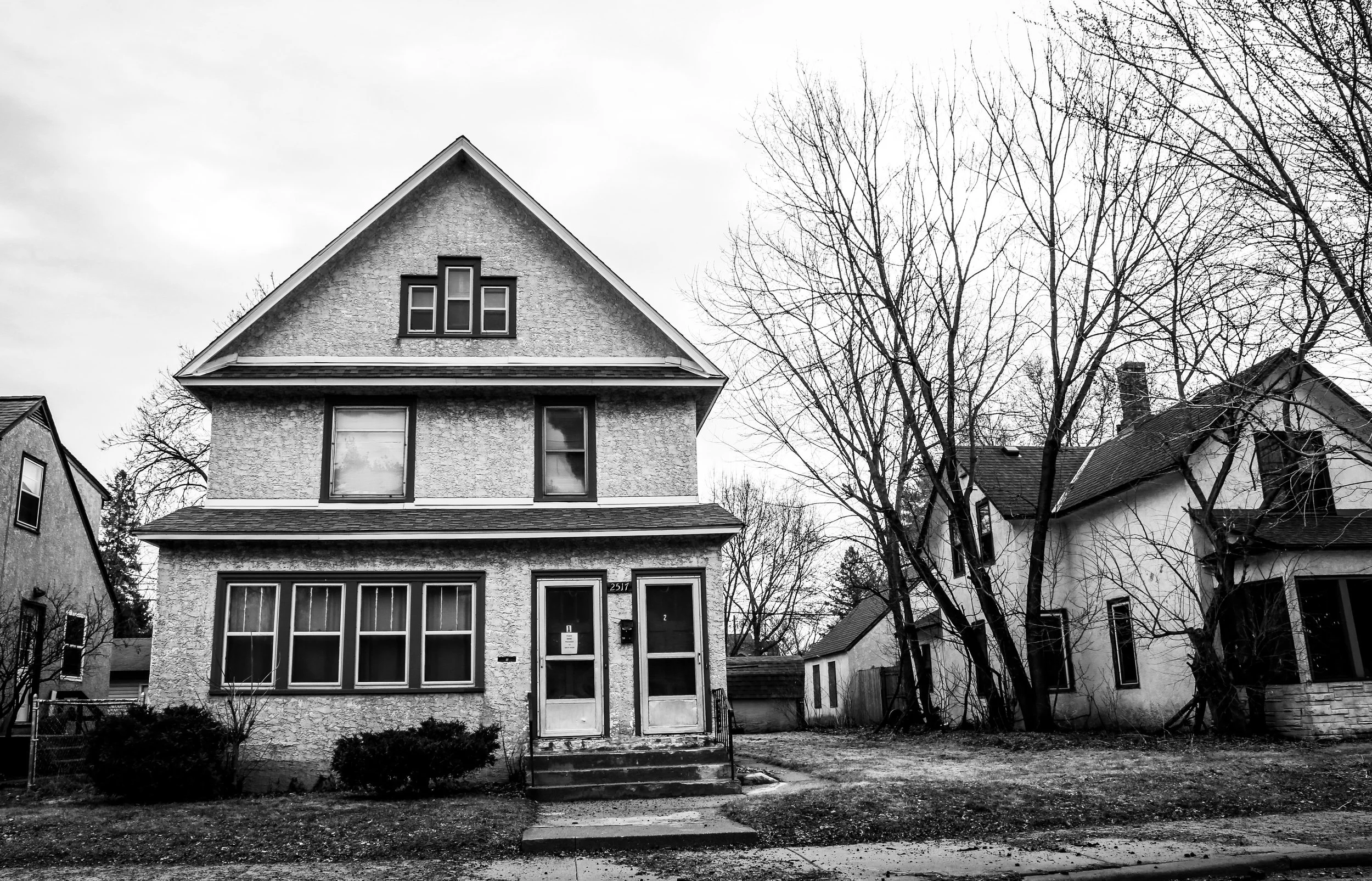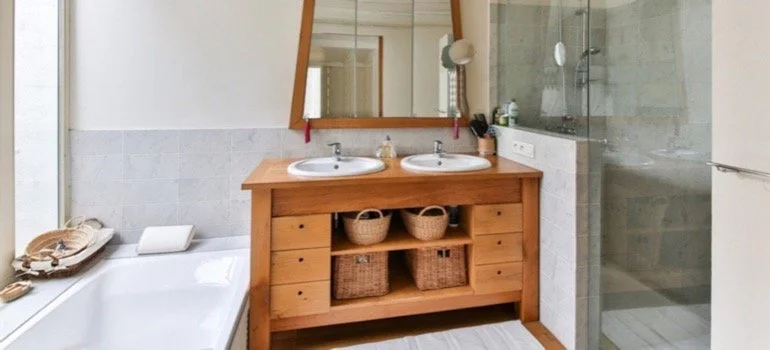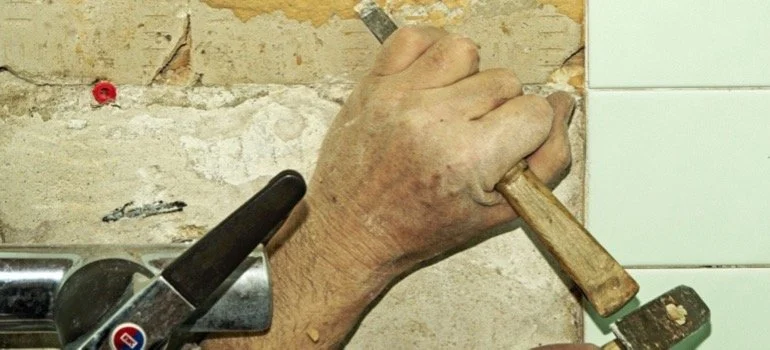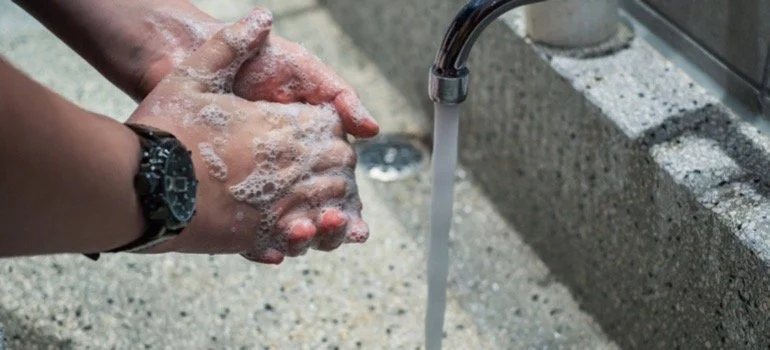Read This Before Moving Into an Old House
RH Business Marketing Solutions
You’ve fallen in love with the beautiful period home you’re thinking about buying the moment you laid your eyes on it. The property is unique, has features you won’t find in modern homes, and will serve as an amazing talking point for anybody visiting.
But it’s an old house.
No matter how good the house looks, there may be problems lurking beneath the surface that you need to watch out for. Read this article to find out what they are before moving into an old house.
Problem No. 1 – Foundation Issues
Foundation problems are common in older properties. These problems can range from minor cracks to issues with the foundation’s support footings, which are extremely costly to fix. Even an old property in good condition is subject to foundational wear and tear. Add seismic activity, encroaching tree roots, and extremely wet soil and you have a possible laundry list of issues to contend with.
Hiring a structural engineer to examine the house before purchasing is a must. Also, keep an eye out for signs that the property is unbalanced, such as cracks in walls, uneven floors, and windows and doors that don’t close properly.
Problem No. 2 – Plumbing Challenges
Lead pipes are one of your biggest issues when it comes to old houses. Many older properties used water piping made of lead. As those pipes undergo wear and tear, they gradually break down. The result may be that you end up with particles of lead in your water.
That’s a major problem, especially if you have children. Lead in your drinking water can cause lead poisoning, which leads to an array of issues including developmental delays, fatigue, seizures, and weight loss. Replacing older lead pipework with more modern and safe pipes is a key priority. If you’d like to know what options are available, you can find them here: https://anytimeplumbing.net/santa-cruz/
Beyond issues related to lead, the pipes in older houses may have worn down to the point where you experience issues related to low water pressure. You should also look for leaks around your faucets and slow water drainage in bathtubs and sinks, both of which suggest the pipework has issues. Contact a licensed plumber to conduct a thorough evaluation of the property before moving in.
Problem No. 3 – Bat Infestations
The attic may be one of the many reasons you bought the house. That attic has so much potential to become a converted extra room. Or it could just act as an ideal storage location for all the bits and pieces you struggle to find a place for in the house’s other rooms.
You love the attic.
The problem is that bats probably love it too.
Older houses have plenty of nooks and crevices for bats to enter. If they find a way into your attic, you have a problem because it is illegal to kill bats in the United States. They’re an endangered and protected species.
So, what can you do about bat infestations?
First, you must wait until the end of summer. The bats may leave your property of their own accord during this period, allowing you to seal up their entry point so they can’t return.
You’ll also need to deal with bat waste.
This is extremely toxic to humans, meaning you’ll need to call a professional service to get rid of it. If you’re unsure if your old house has bats, look for the waste. It’s similar to mouse droppings, only a little longer. If you find any, do not disturb it. Call a professional and follow their advice for getting rid of bats.
Problem No. 4 – Hazardous Materials
Building on the point about lead in water pipes mentioned earlier, older houses were built before modern construction standards were put in place. Unfortunately, this often means that builders used materials that we now know are hazardous to our health, such as lead and asbestos.
You’ll often find lead in paint applied before 1978 and in plumbing systems created before the mid-1980s. Asbestos was often used in roofing, insulation, exterior shingles, and fireplaces until the 1970s. We’ve already discussed the dangers of lead poisoning. Asbestos is just as dangerous, with the material being the primary cause of mesothelioma. This is a form of cancer that has an extremely high mortality rate.
Have your home thoroughly inspected for these and other hazardous materials, such as radon, before moving in. If the inspection demonstrates these materials are in the property, consult a professional to get rid of them. Unfortunately, this is a costly process, with asbestos removal alone costing thousands of dollars both for the removal and the inevitable remodeling that comes after.
Problem No. 5 – Energy Inefficiency
Your old home may have gorgeous windows and stunning doors that are aesthetic centerpieces for the property. Unfortunately, many of these features do not meet modern energy efficiency standards. That’s not an issue during summer, when the weather is warm enough for you to not notice drafts and energy leakage (except for the higher cost of cooling you’ll incur). But during the winter, inefficient fixtures can cause serious problems with your energy bills, which are exacerbated by the rising costs of fossil fuels in many parts of the United States.
The good news is that you don’t necessarily need to replace the old windows and doors that cause these inefficiencies. Weatherstripping allows you to seal small gaps in doors and windows, helping you save energy in the process. You may consider using storm windows over your standard windowpanes, as these extra panes of glass add further weather and wind protection. Insulating the walls should also be a priority, especially if you live in a cold region.
Confront the Problems
The joy of moving into an old house can rapidly fade if you discover any of the problems discussed above. In many cases, these problems can cost thousands of dollars to fix and may require remodeling work.
Ensure you have the property thoroughly inspected before your purchase so you know the scale of the issues you may face. It’s a good idea to have two inspections carried out by different inspectors, thus ensuring that you don’t have to deal with a costly issue later because one inspector didn’t catch it. Most of these problems are fixable as long as you have the budget and know what you’re looking for.
























